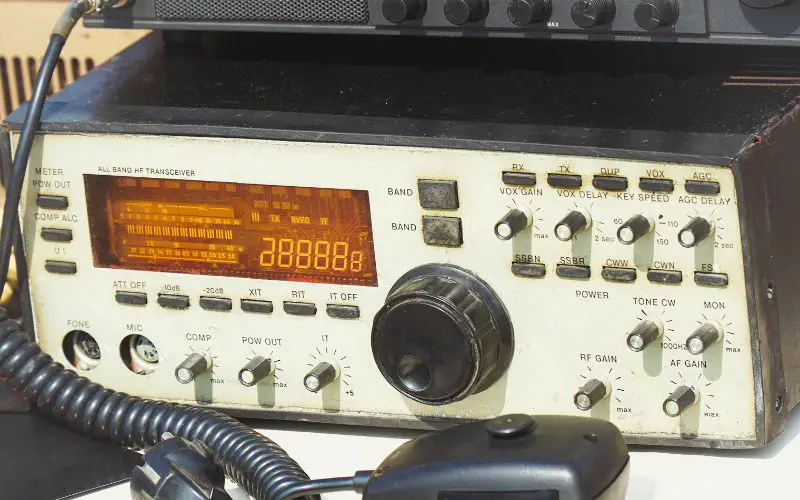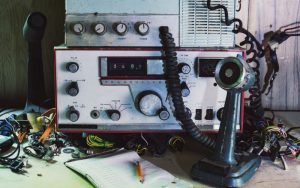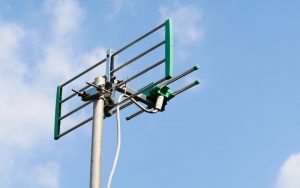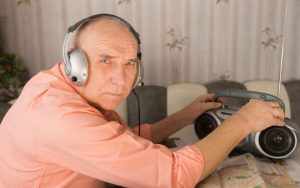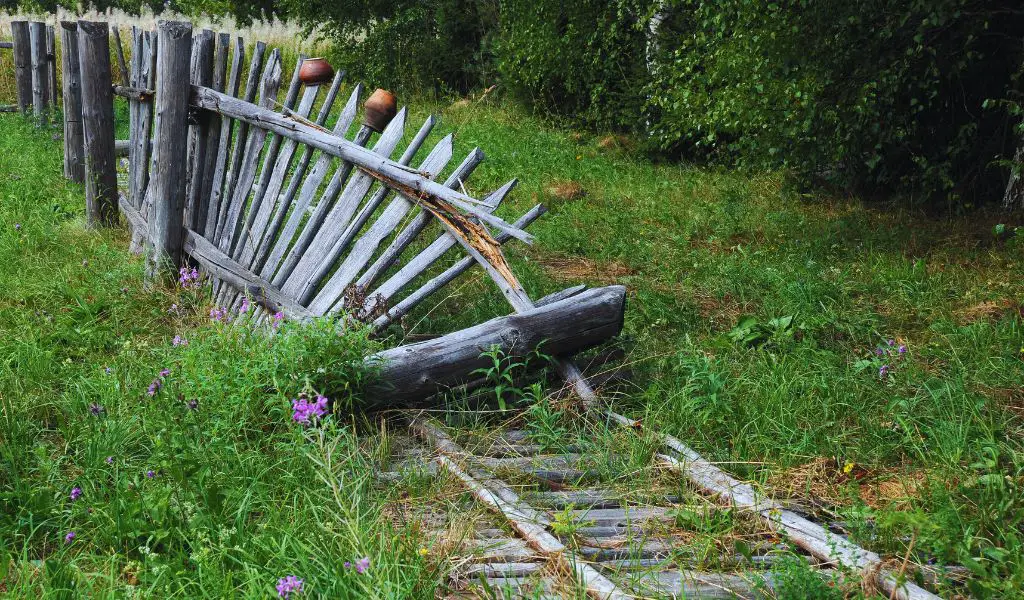It’s a fair question to ask when the world has become more and more reliant on the internet and mobile phone communications.
The development of easy to use and always accessible communication tools has, in some ways led to a decrease in interest in using radio as a way of making contact with other people.
But, does this mean that ham radio is dying?
Ham radio continues to be a popular pastime among a wide range of people, of all ages worldwide. The hobby has developed from morse code and conversations to data communications, satellite usage and even bouncing signals off the moon.
Is ham radio growing or shrinking?
There are over 3 million ham radio operators world wide and this number seems to be increasing annually.
In the United States alone there are over 700,000 licenced amateur radio operators which is an increase of 60% from 1981.
In 2009 over 30,000 new applications for ham radio licences were made in the USA alone.
Why is ham radio still popular?
Ham radio appeals to a wide, varied audience and offers a huge range of different skills and activities to participate in.
These include:
Satellite communications – Tracking satellites, controlling them and talking with other operators on the satellite. You can even talk to the astronauts on the International Space Station who have a ham radio set onboard.
Emergency Communications – Operating from a disaster zone where normal comms have failed, helping emergency services with message relaying and providing first aid information to those who need it
Radio Direction Finding – Locating the position of a signal to within a few yards. This is used by police forces and other emergency services to track signals from mobile phones which has led to many criminals being caught.
Radio contesting – Operating at certain times during the year between set locations for a given amount of time and using the power of your equipment and antenna’s to win prizes.
Electronic scavenger hunts – Visiting certain locations during a given period of time to gain points for having visual, hearing or finding the location with your equipment.
Digital communications – Sending data (texts, images etc) via radio waves instead of voice which allows you to communicate via computers, tablets and even smartphones.
Morse code – Using morse code to make contact with people around the world using low power. This is one of the most popular ways of making contact as you can contact anyone in any location without knowing where they are or what equipment they have.
SSTV – Sending images via radio wave which is one of the oldest forms of digital radio communication still in existence.
Amateur radio satellites (Moon bounce) – Reaching out into space by bouncing signals off the moon to make contact with people on earth. This can be used to talk to school children, students and many other groups who would never get the chance to experience this activity normally.
Field Day – A 24 hour long competition where operators are split into teams and come together to build different types of stations in order to contact as many other stations around the world as possible.
These are only a few of the activities that can be done by ham radio enthusiasts.
Ham radio is a popular stand by for many people
There are many people who use ham radio systems as ‘stand by’ type systems for use when there are power outages or when modern communication systems, such as mobile phones and the internet, are not available.
The ability of ham radios to remain operable when the ‘grid goes down’ is an attraction and advantage that many individuals appreciate and value.
The age range of ham radio operators
There is an ever growing number of younger people getting into amateur radio.
Many educational establishments in the USA offer amateur radio classes for their students and this provides them with valuable knowledge which they can use when they are licenced.
People who started out when they were younger tend to keep it up as they get older as it gives them a useful hobby to participate in.
Hams realise that without communication society would not function as we know it today and many of the older operators remember the depression era when amateur radio was one of very few ways for people to communicate with each other.
Use by emergency services and law enforcement
Many police forces, fire departments and ambulance services around the world use ham radio systems.
It also helps to add another layer of safety should other forms of communication fail such as mobile phones and satellite phones.
Normally amateur radio is used when all other methods have failed or are not available for whatever reason. This could be due to a natural disaster, terrorist attack or simply because of system failures.
It helps to provide a backup plan and can even be used as the primary means of communication in some areas where other forms of communication is not available.
Amateur radio use during times of crisis and emergencies
Many people think that ham radio would never work because there are no repeaters or towers to amplify the signal, however this is not true, as ham radio can work during disasters and emergencies where other forms of communication fail.
During 9/11 when the twin towers were attacked amateur radio operators provided communications for first responders which allowed them to continue working even after the modern systems had failed.
The same thing happened during hurricane Katrina and many other disaster areas around the world.
On a different note, the pirate radio movement was a community of amateur radio operators who would use their equipment to provide communications for other people living around the world without any form of government interference.
Amateur radio is a very useful hobby which can be used in many ways and is often a great source of fun as well as being extremely educational.
Every week there are different people from around the world trying to contact each other and amateur radio operators get a thrill out of being able to meet new people.
Final Words
So, rather than being an obsolete or dying activity, ham radio continues to develop and enjoy a good following.
As technology advances, so does ham radio and operators are likely to continue to use it for many years to come.
Radio amateurs are a keen bunch and, over the years have developed and supported the development of new and improved communication methods, many of which have found their way into regular, everyday use.
Read Next
- What is amateur radio?
- Can a TV antenna be used for ham radio?
- How far can you talk on ham radio?
- What does VFO mean on a ham radio?
- Can I listen to ham radio online?
- Can ham radio interfere with tv reception?

